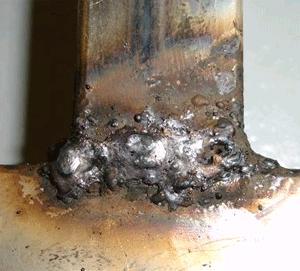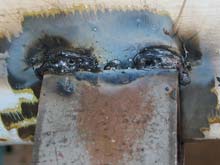Hey guys,
Im interested in getting a small welding machine to do some light to medium use on utility/landscape trailer's Ect...Does anybody have any opinions on which unit would be best for such applications?I have done some brazing but im looking to speed up the process a tad and with brazing it seems your limited to most flat areas.
I like the fact that the mig is like a a glue gun but a few of my buddies say the stick is better if i ever have any bigger projects.
What do you guys think?
Im interested in getting a small welding machine to do some light to medium use on utility/landscape trailer's Ect...Does anybody have any opinions on which unit would be best for such applications?I have done some brazing but im looking to speed up the process a tad and with brazing it seems your limited to most flat areas.
I like the fact that the mig is like a a glue gun but a few of my buddies say the stick is better if i ever have any bigger projects.
What do you guys think?



